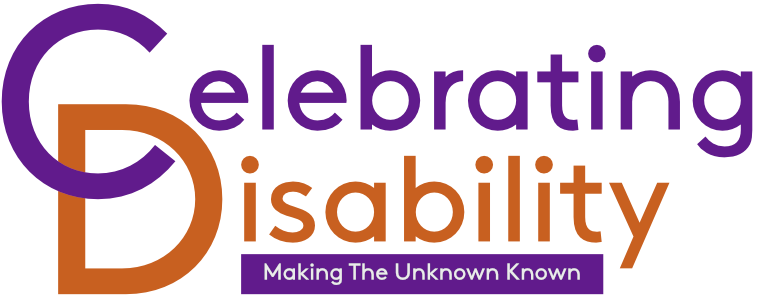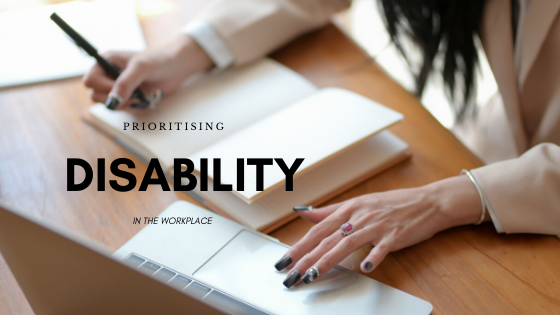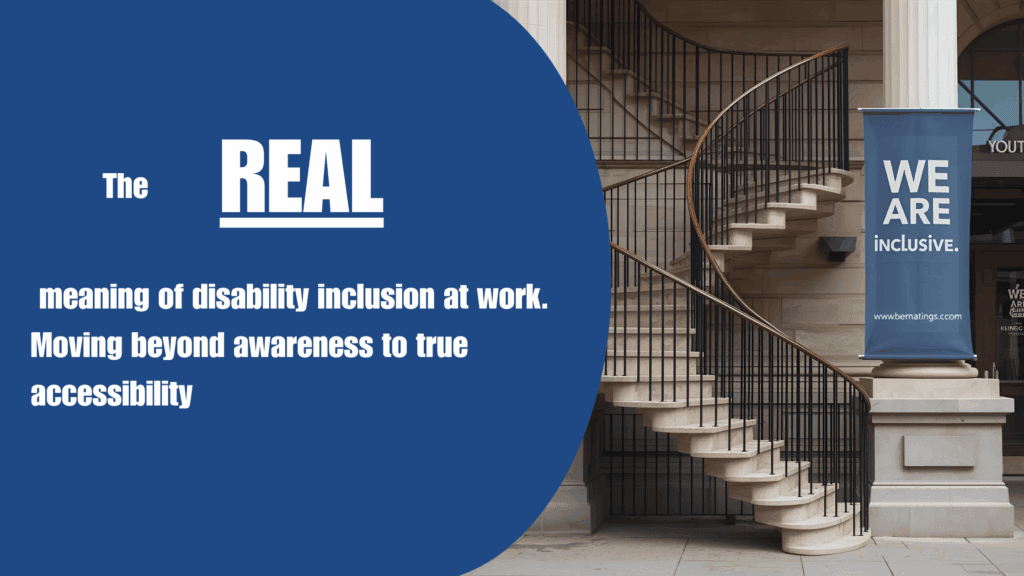In This Blog: disability inclusion in the workplace can be the top inclusion priority for many organisations. This blog talks about the ways to implement strategies. Making what can seem a mammoth task, a lot more manageable
Disability in the Workplace – an opportunity
There are a lot of reasons why disability in the workplace often takes a second or third or even a back seat on organisation’s priority lists. It can be hard for organisations to see the immediate benefits of supporting a disabled person to feel part of the workplace; to have the equipment and support they need to participate fully. As many employees are working from home, many organisations must re-design how they deliver their services. It is a great time to put disability in the workplace in the forefront of everyone’s minds. There are many projects that can get started and even follow through to completion whilst working from home.
Much can still be achieved remotely that will support disability in the workplace. Examples of these include: the content that can be added to websites, employee documents and recruitment information.
Below are 4 areas that will continue your disability in the workplace priority journey:
1. Accessibility Statement
Many organisations and businesses have diversity and inclusion statements but very few have disability accessibility statements. Therefore, the risk is that disabled people may still feel excluded. Whilst an accessibility statement can contain information about physical access, it does not have to stop there. Nor does this have to be its primary function. Your accessibility statement can act as an opportunity to showcase your inclusive culture.
An accessibility statement is so important because it demonstrates to a disabled person looking to work within your organisation that you are thinking about them. It is the difference between a disabled person feeling as though they will be welcomed or feeling as though they, and their needs may be misunderstood.
2. Reasonable Adjustment Policy
Proactivity not Reactivity is the key.
With a reasonable (or workplace) adjustment policy, every line manager and disabled employee will know their responsibility and rights. Whilst a reasonable adjustment should never be and can never be a one size fits all approach, it is helpful to have a set of guidelines to support hiring and managing employees. The guidelines will provide to refer to when employing and managing a disabled person. As we know, there is a lot of conscious and unconscious discrimination in the recruitment stage for disabled people. By offering hiring and line managers clear, transparent, processes, you help mitigate much of what prevents disabled people realising equal opportunity.
3. Inclusive Recruitment
Guarantee your organisation or business knows what steps it’s taking to ensure recruitment of disabled people. It is not as easy as just putting an advert out and hoping for the best. One of the reasons why disability inclusion is one of the more complicated characteristics in inclusion is that it is not just about attitude, it is about access. Access goes beyond your physical premises.
Ensuring that your application process is accessible and inclusive for a disabled candidate is so important. Understanding the barriers that are faced by disabled candidates will help ensure this. From a physical aspect and from structural and attitudinal aspects as well.
4. Values Towards Disabled People
When ensuring that every employee within your organisation can demonstrate your values towards disabled people, it is imperative to understand and then communicate those values to your employees. Many disability organisations rightly talk about an inclusive culture. You will be closer to having your inclusive culture when you achieve 2 things:
- Understand the reasons why it’s important. If your reasons are because everybody else is doing it, that’s a first step. However, chances are it’s not going to be enough of a motivation to keep energy levels up – be clear
- Provide clarity and transparency for your employees. Offer opportunities to get involved and engaged in the process wherever possible
On 30th March I hosted a webinar on prioritising disability. To view the live recording, click here. If you want to make sure you never miss the opportunity to join any more Celebrating Disability webinars, visit the Real Time Disability Awareness Events Here




